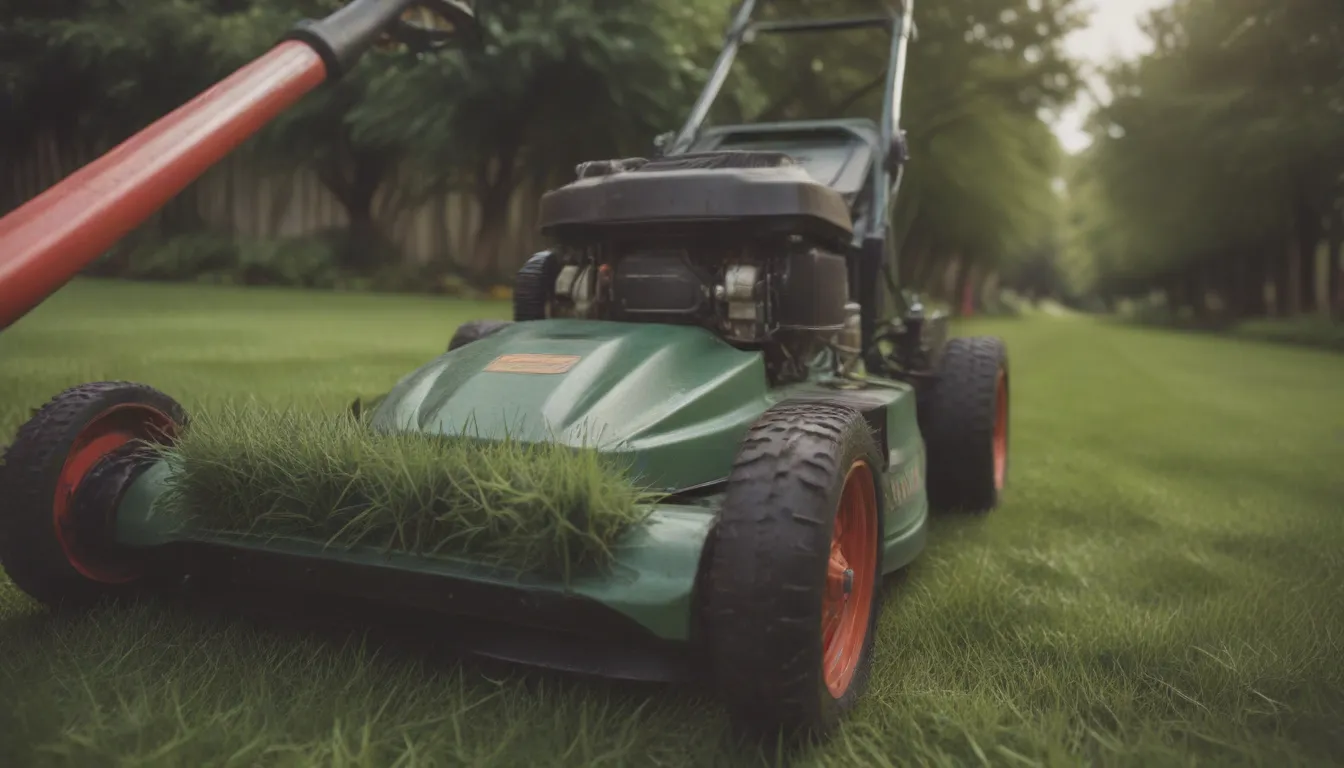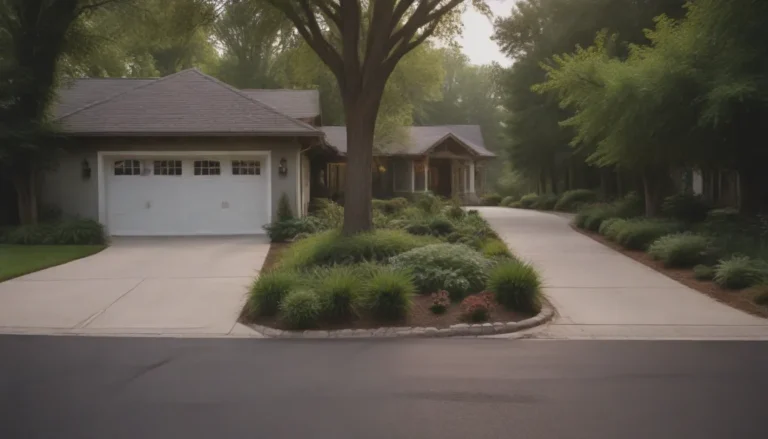The Essential Guide to Mowing Your Lawn

Taking care of your lawn is a vital aspect of maintaining a beautiful and healthy outdoor space. Mowing your lawn at the right time can make a significant difference in the health and appearance of your grass. In this comprehensive guide, we will explore the best and worst times to mow your lawn, the importance of avoiding wet grass, and the ideal seasons for lawn mowing.
Why Timing Matters
The timing of your lawn mowing can impact the overall health and appearance of your grass. Mowing at the right time ensures optimal growth and minimizes stress on your lawn. Here’s everything you need to know about the best and worst times to mow your lawn:
Best Time to Mow a Lawn
The best time to mow your lawn is crucial for achieving the best results. Here are some key points to keep in mind:
- Summer: Mow your lawn between 8:30 am and 1:00 pm. Ensure that most of the dew has evaporated before starting.
- Cooler Months: Wait until around 10:30 am to start mowing in the months before and after summer.
- Evening: Early evening, before dark settles, is another excellent time to mow your lawn as the day’s heat has dissipated.
Worst Time to Mow a Lawn
Avoid mowing your lawn during the following times:
- From Sunrise to Mid-Morning: Dew is heaviest during sunrise, and mowing during this time can lead to issues with wet grass.
- Afternoon: Avoid mowing from around 1:00 pm or 2:00 pm to sunset in the summer, as temperatures peak, and high heat can be harmful.
Remember, the goal is to mow your lawn when it’s dry to achieve the best results.
Why You Shouldn’t Mow a Wet Lawn
Mowing a wet lawn can lead to several problems, including:
- Grass Clumping: Wet grass tends to clump together, making it difficult to achieve a clean cut.
- Uneven Cutting: Wet grass doesn’t stand upright for cutting, leading to an uneven finish.
- Potential Damage: Mowing wet grass can damage your lawn mower and result in an unsightly lawn.
It’s best to wait for your grass to dry before starting your mowing session.
Best Season to Mow a Lawn
The ideal season for mowing your lawn falls between April and September. This period encompasses the peak growth months for grass and ensures that your lawn remains healthy and vibrant. Here are some tips for maintaining your lawn during this season:
- Mow Tall Until Fall: Keep your grass blades at 2.5 to 3 inches high to promote a stronger turf and minimize the risk of mold, fungus, or pest issues.
Worst Season to Mow a Lawn
Avoid mowing your lawn during the winter months, from November to February, when the grass is dormant. Mowing during this period can damage your lawn and is unnecessary. Additionally, the second half of summer can pose safety risks due to high temperatures. Consider hiring a professional lawn maintenance company or investing in a riding lawn mower for this period.
Additional Resources
For more information on lawn care and mowing schedules, refer to the following resources:
- Table of Sunrise/Sunset, Moonrise/Moonset, or Twilight Times for an Entire Year: U.S. Navy Astronomical Applications Department
- The Forecasting of Dew: U.S. National Weather Service
- Past and future temperatures in the United States’ hottest month of the year: Climate.gov
- Lawn Care Calendar: Washington State University
- Your Lawn and Its Care: New Jersey Agricultural Experiment Station, Rutgers, The State University of New Jersey
By following these guidelines and mowing your lawn at the right time, you can ensure a healthy and thriving outdoor space for you and your family to enjoy. Remember, proper lawn care is key to maintaining a beautiful and attractive landscape.





